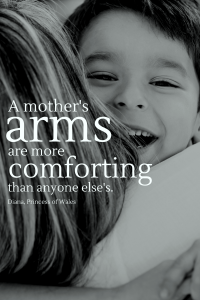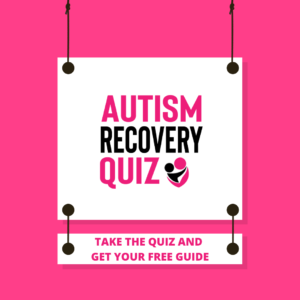 Many children with autism experience over stimulation, which leads to anxiety and excessive fears.
Many children with autism experience over stimulation, which leads to anxiety and excessive fears.
The process of birth can cause cranial faulting. This means that the bones in the head are pushed into an incorrect position, therefore negatively effecting the brain and its ability to function properly. Any pulling on the head during birth increases the likelihood of cranial faulting. There is a part of the brain called the diencephalon which responds to incoming stimuli. When this area is irritated by cranial compression the child may experience a continual flood of information and stimuli coming in. This can create anxious and fearful behavior from everyday events.
This condition can be treated with craniosacral therapy. In this case, a craniosacral therapist would work with the occiput (the bone at the back of the head) and the sacrum (the bone at the base of the spine). During birth, the occiput is often thrown into extreme flexion (a forward movement) jamming it into the sphenoid (an important internal bone of the head). Additionally, the sacrum is often pushed into extension and both temporal bones are jammed.
There are many symptoms that can be created by the faulting of these cranial bones, including anxiety, irritability, hyperactivity, headaches, visual problems, digestive disturbances, asthma or difficulty breathing, earaches, dizziness, issues with balance, low energy, lack of mental clarity and more. Remember that foods and chemical sensitivities also play a role.
If you think your child might have some of these issues, I encourage you to investigate craniosacral therapy more closely.
At-home allergy desensitizing kits and individual vials such as “fear” and “anxiety” can also be helpful. Learn more from podcast #143.
Learn how to get the best results for
your child’s worst symptom of autism.
Take this quiz and find out how now.

Get the book, Naturally Recovering Autism: The Complete Step-By-Step Resource Handbook for Parents.











